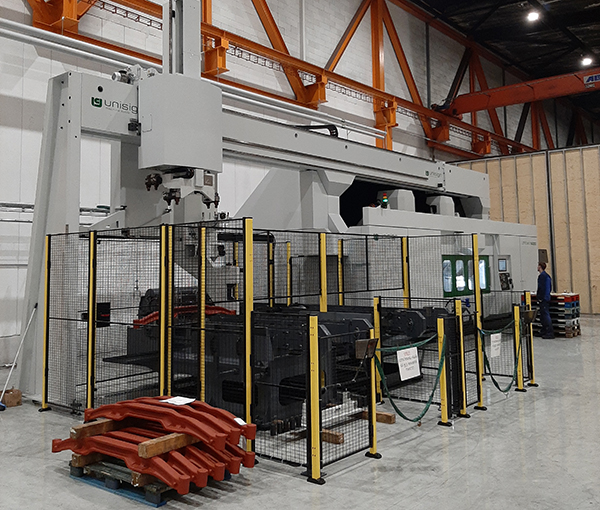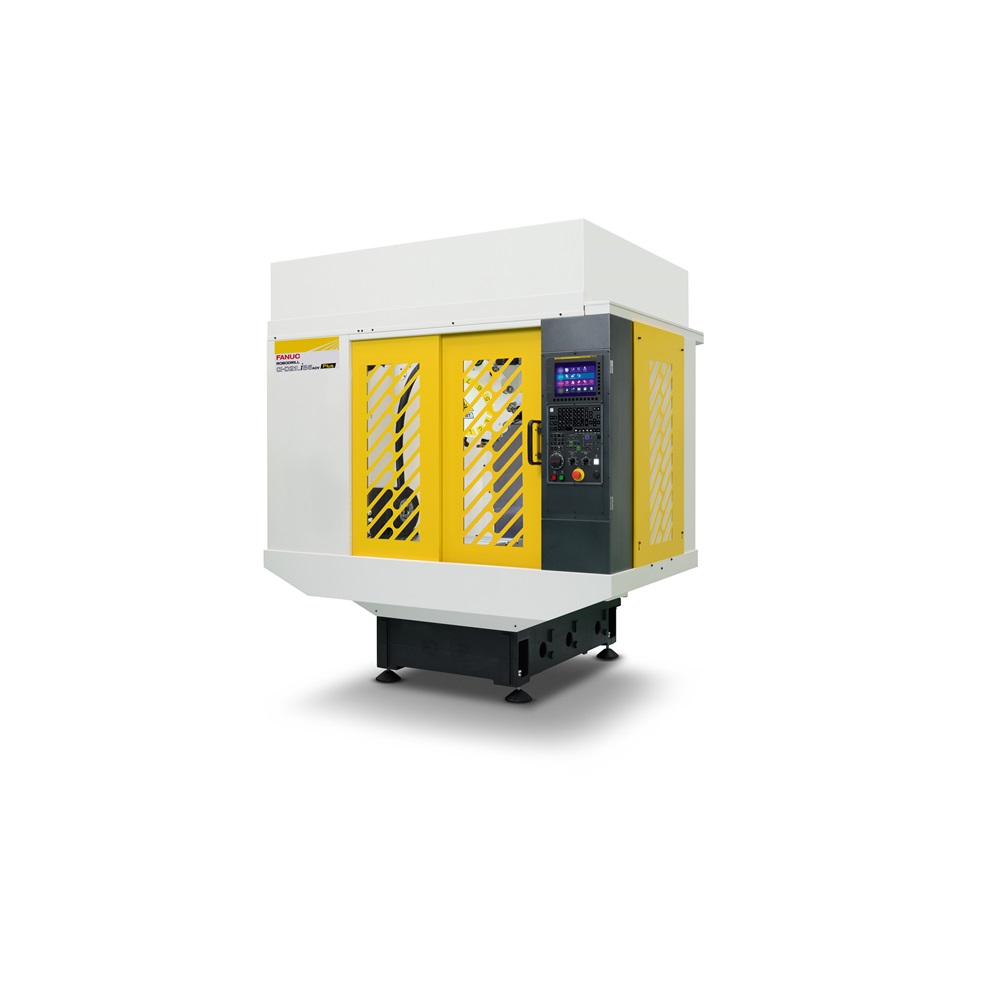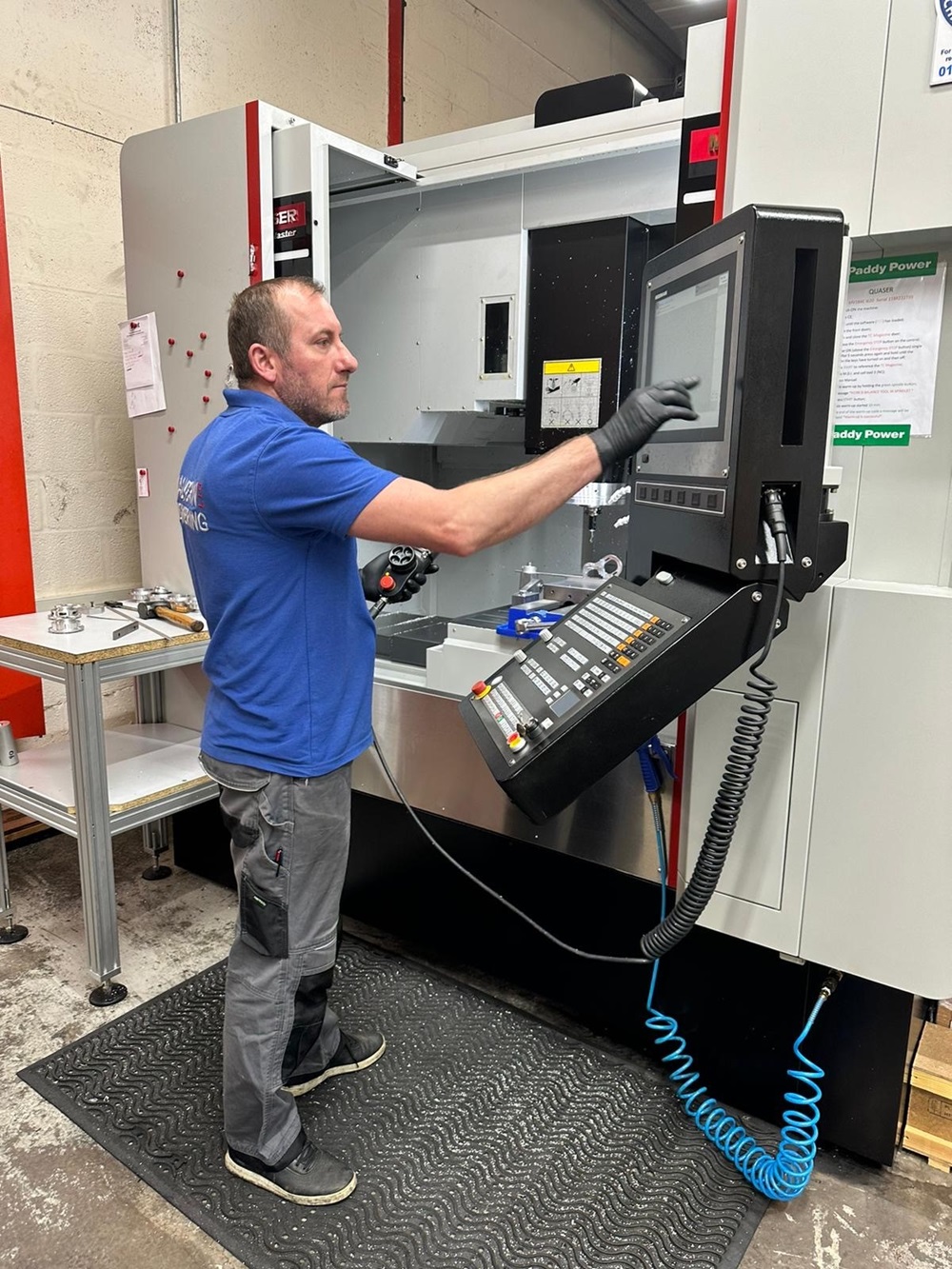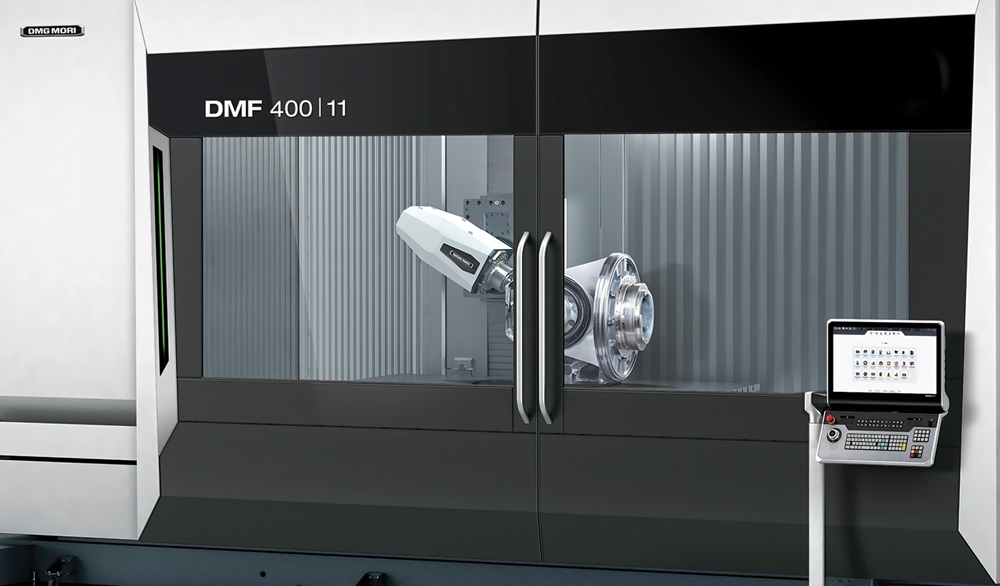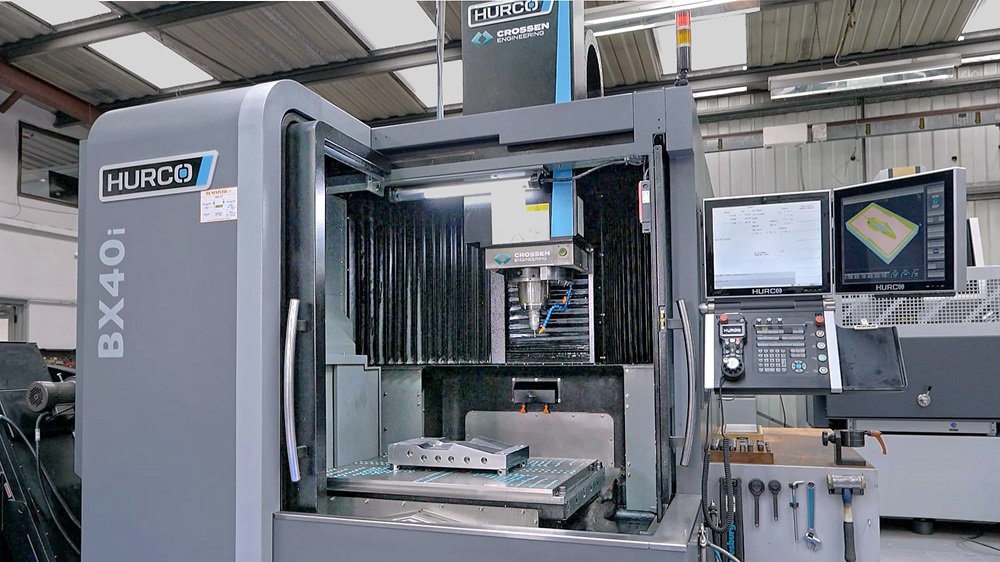Bharat Forge Kilsta is one of the world’s largest forging companies, specialising in heavy crankshafts, front axle beams, steering arms and other chassis components. The company is based in Karlskoga, a Swedish city renowned for its centuries-old forging tradition. Here, Bharat Forge Kilsta mainly produces front axles for trucks and buses. It first forges beams from steel and machines them to make full front axles. To do this, the company previously used CNC machines of the older Unisign Univers model. However, the company invested in a trio of Unitwin6000 machines in 2022/2023.
Prior to expanding with the new models, Bharat Forge Kilsta needed to outsource part of its manufacturing process. “We didn’t have the capacity to machine all the front axles that our customers requested,” explains production development engineer Thomas Forsling. “To be less reliant on subcontractors we wanted to do more of our machining in-house. That’s why we started to explore options for extra machines.”
According to Forsling, the Unitwin6000 provides even greater speed, reliability and precision, although two of the older machines are also still in use. The Unitwin6000 enables Bharat Forge Kilsta to manufacture almost all of its front axles in-house. Another major benefit is speed.
“The old machines have one spindle that does the machining, which means we can do one side of the beam at a time,” explains Forsling. “In contrast, the Unitwin6000 machines both sides simultaneously. The handling is also quicker, because we don’t have to change the beams manually in the machine. As a result, our production speed is now a little over double what it was previously.”
For further information www.unisign.com






